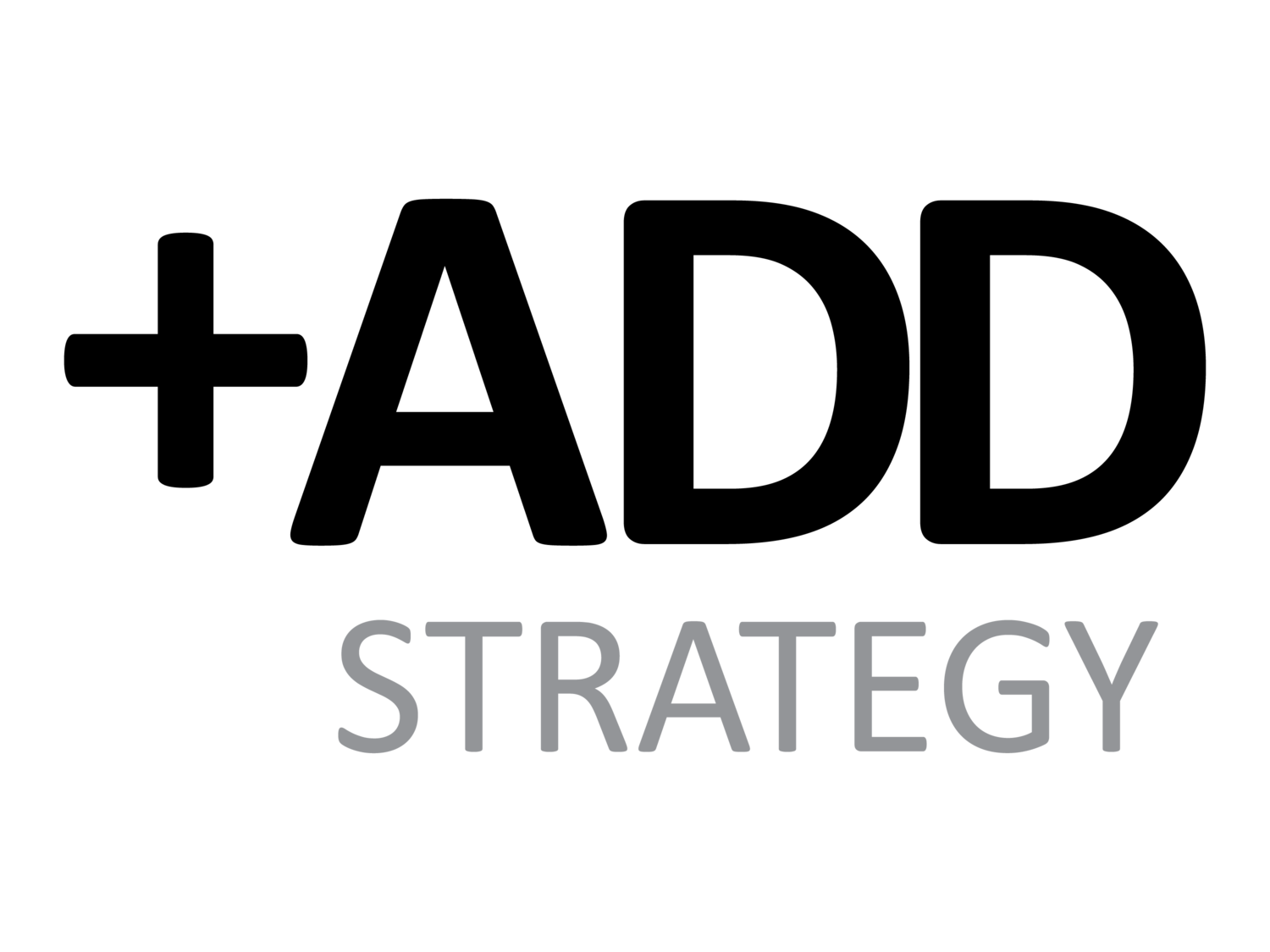
It’s the only way to make sound trade-off decisions and choose the right practices.
An excellent article which highlights the challanges facing those developing and implementing innovation strategy in real world business environments. Despite good intentions, many companies seeking to invest in innovation fail to maintain a clear long term view that effectively provides a mandate for progressive innovation delivery.
The 2014 BIS SME survey evidences a actual decline in the proportion of SME’s innovating new products and services (from 43 to 38%). Further only a third considered they had innovation processes in place.
Under commercial pressure, many continue to make resource allocation decisions based on short term plans, favouring eclectic propositions and current percieved needs.
Bottom line is while short termism provides quick results it focusses on existing movements and current opportunity. Only after senior management agree explicit targets for different types of innovation (near to, adjecent and disruptive), and allocate a specific percentage of resources to longer term more radical projects ,will real progress be made in developing new offerings that support long-term differentiation and sustainable competitive advantage.
Needless to say appetite for longer term varies by sector, size of business, organisational risk avoidance culture, and leadership.*
*See: barriers to innovation: http://goo.gl/tHsZtI
See on hbr.org
